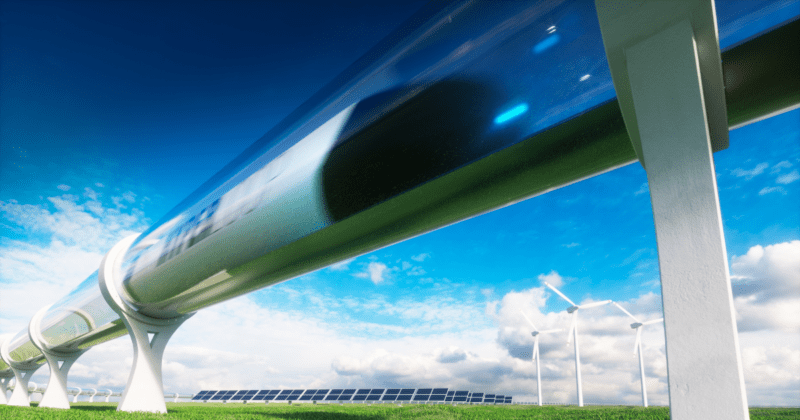Tube systems

Tube systems drew much interest when the idea of high-speed “hyperloop” technology was floated in 2012. This prompted many private companies to create a network of alternative technologies to transport passengers and freight using low-pressure magnetic propulsion.
Such a system would alleviate traffic congestion, which is costing drivers in big cities more than 100 hours each year. Tech firms are now exploring using innovative non-hyperloop tubes that can ferry people and cargo separately. Meanwhile, others are looking at how to build transit tubes above and below ground in faster and cheaper ways.
Tube technology has made notable progress in recent years, such as the first successful testing of a hyperloop-powered cargo system in the United Arab Emirates, transporting items at speeds of up to 1,000 km/h (621 mph). Switzerland also recently approved construction on a below-ground freight transport system, with operations beginning in 2031.
Still, it will take years before supply chain players can leverage this mode of transportation. But as the technology advances into more real-world applications, logistics firms must be ready to support the construction of tube systems, which will support the growing structure of supply chains worldwide with a more efficient solution.






 English
English